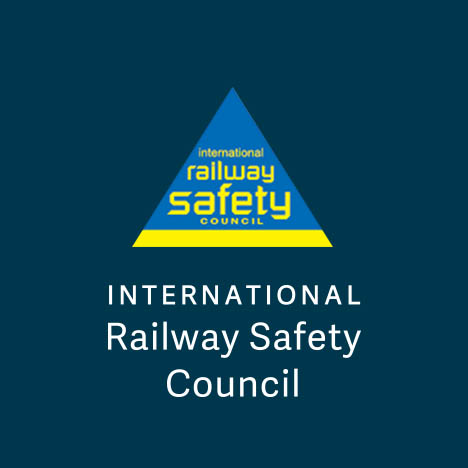Safety incidents on railway track are closely linked to the geographical layout of the track infrastructure, vehicle dynamics and behaviour, human behaviour and external factors ranging from environmental impact to human and animal presence on the rail reserve, especially in developing countries. These factors are often studied in isolation and important correlations are ignored or simply overseen. Due to the difficulty of quantifying and measuring vehicle, infrasturcture and human interventions simultaneously, progress and technological advancement to improve rail safety in this regard, are lagging.
The University of Pretoria has recently developed a road and rail infrastructure condition monitoring vehicle to combine the most advanced infrastructure and vehicle condition measurements with digital mapping and sophisticated computational analytics. Aspects that are monitored and measured by the road/rail vehicle include track geoemtry, vehicle dynamics, high-definition video and Light Detection and Randing (LiDAR). This paper describes the methodology developed to interpret an analyse these data for the creation of a geographical track model that can be used to consider a range of safety-critical aspects on the rail network. Artificial intelligence (AI) algorythms are used to predict track geometry from vehicle dynamics and to highlight the fundamental relationships and correlations between track geometry and vehicle dynamics. The aspects that affect ride quality and passenger comfort are also identified with the aim of improving customer satisfaction. A method was also developed to identify pedestrain crossings over a railway line from LiDAR data. The results from point cloud analysis and manipulation are correlated with visual observations taken on an existing railway line in South Africa.
The paper concludes with a discussion on the applications and benefits of the developed technologies with emphasis on the realisation of a safer rail network for all its users. Recommendations for further research include automation of the analysis procedures as well as additional AI enhancements to the current developments.

